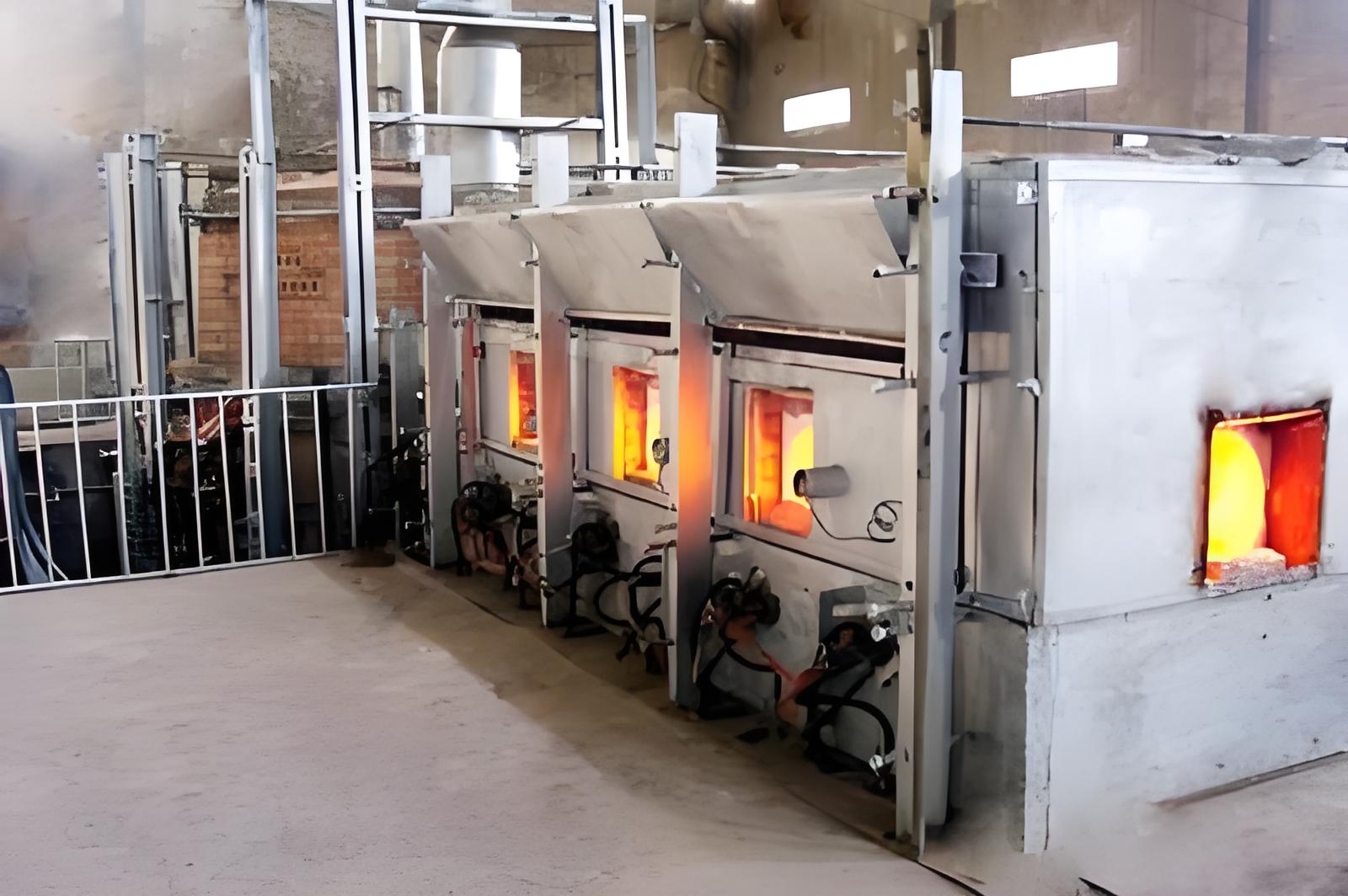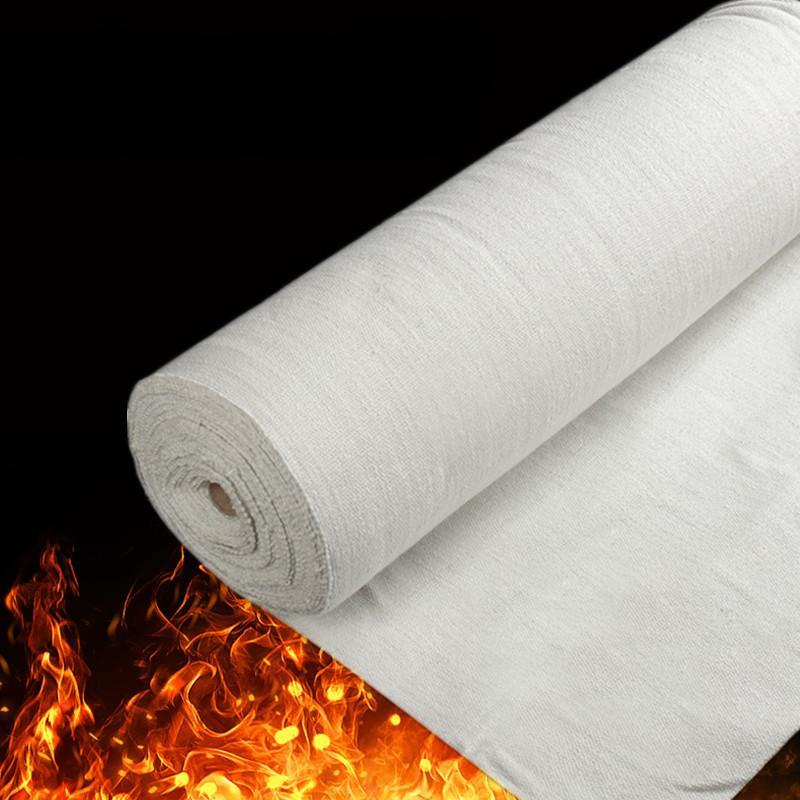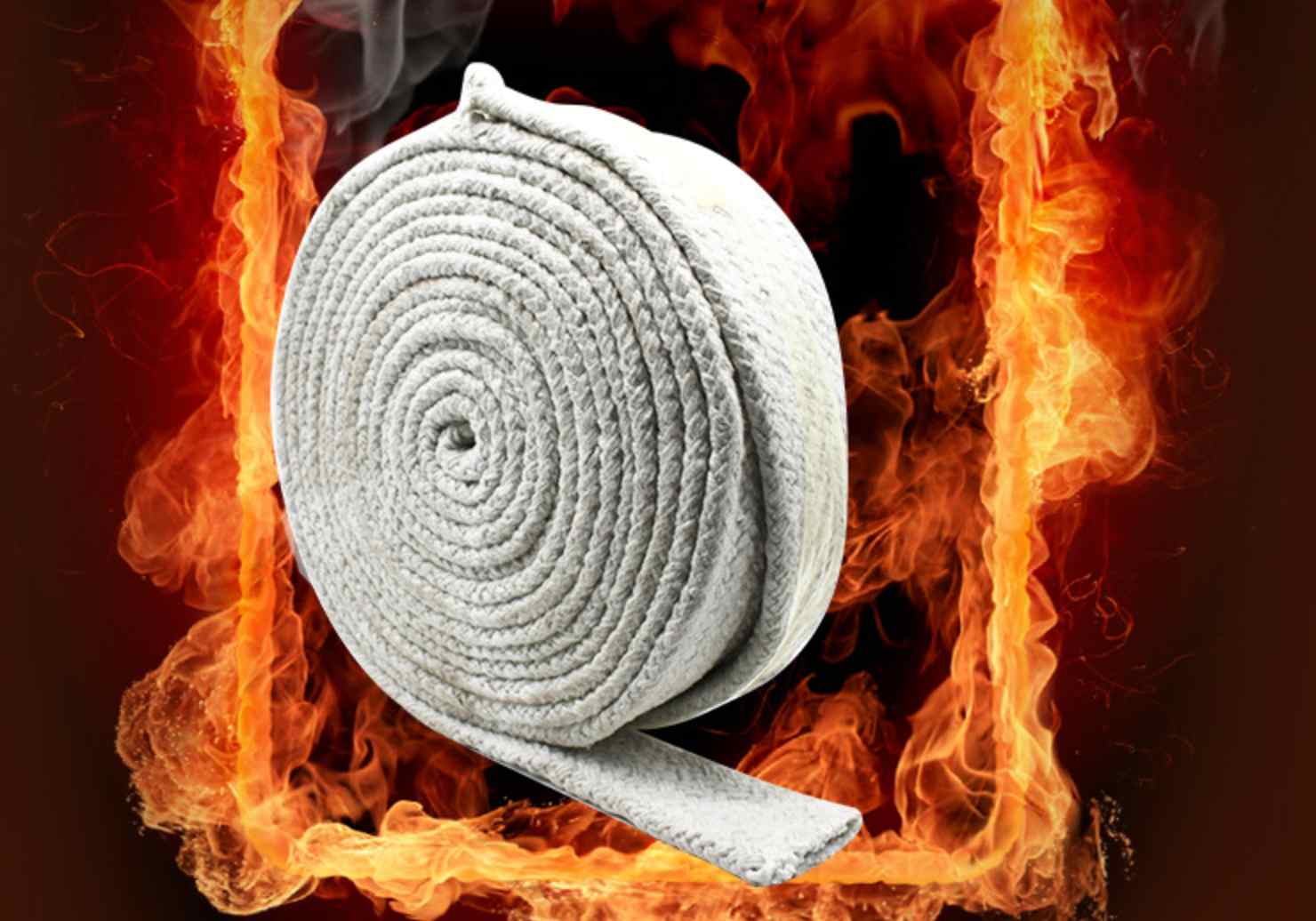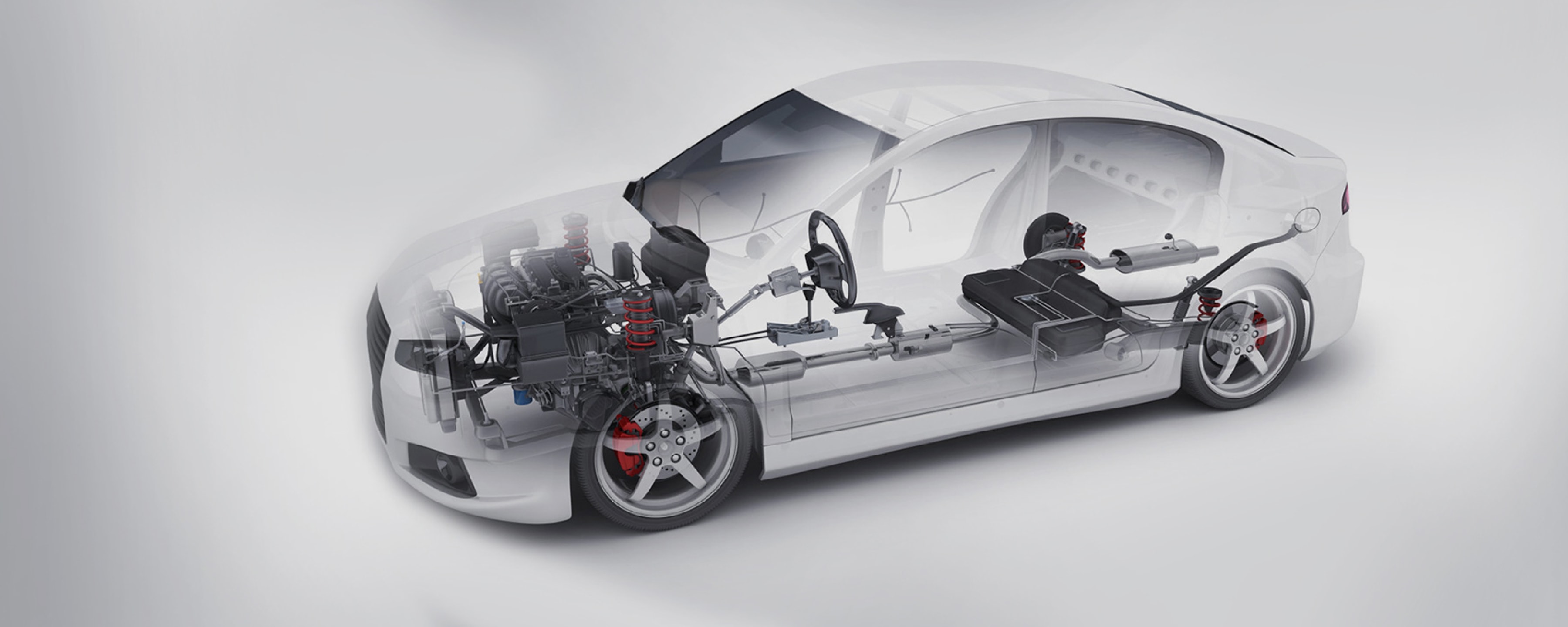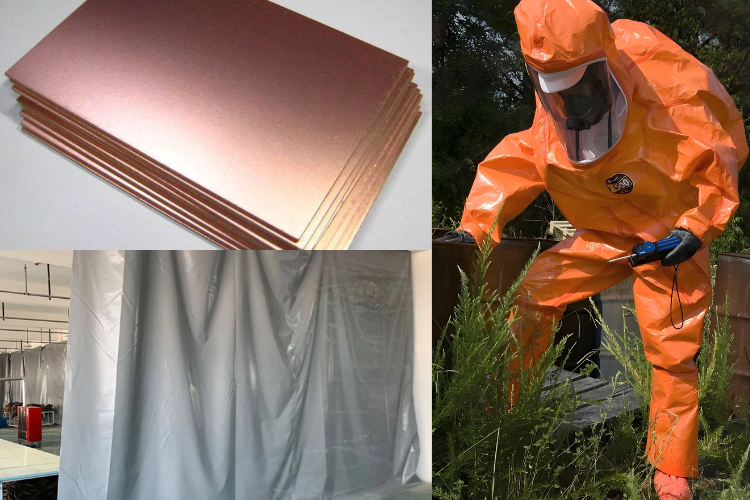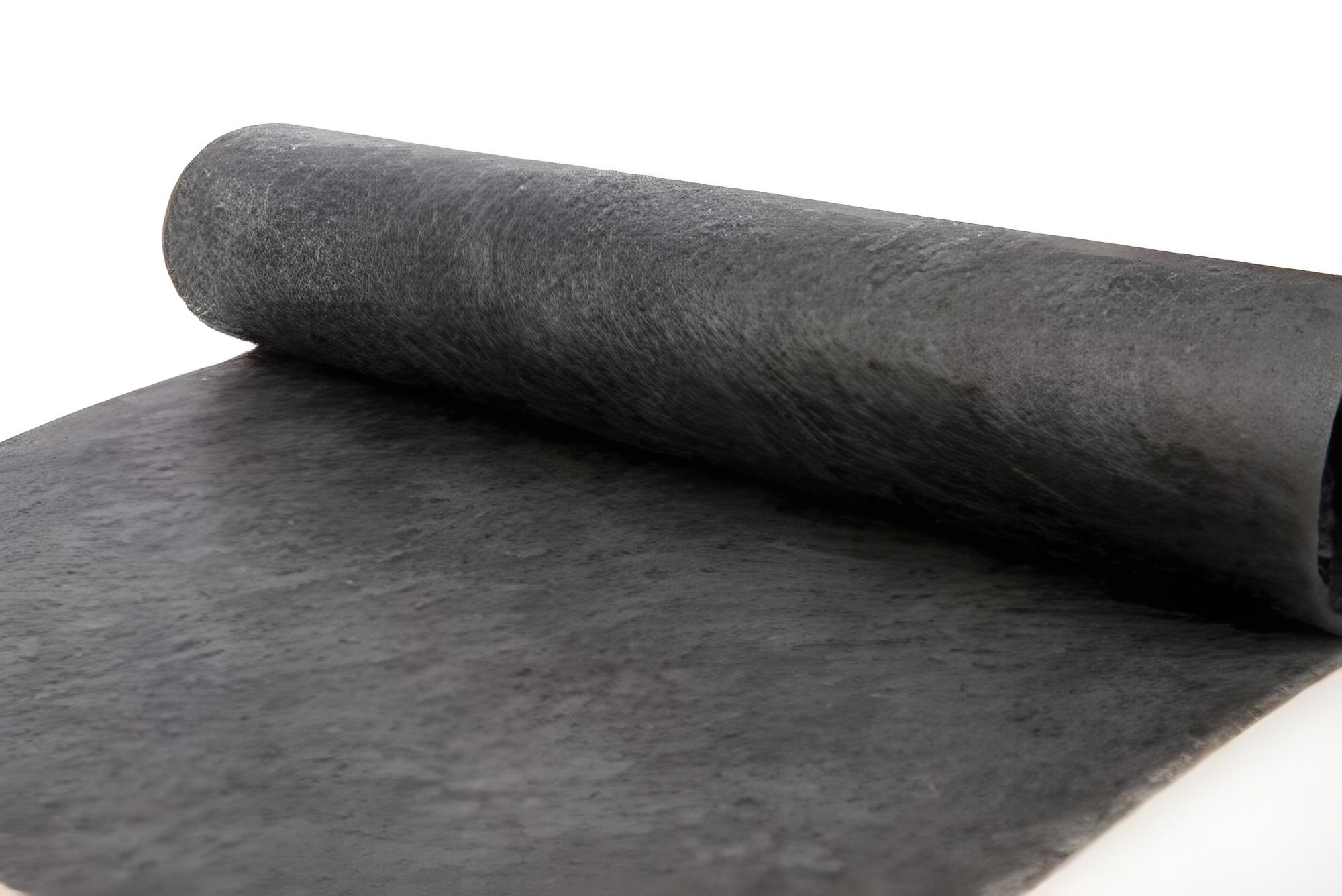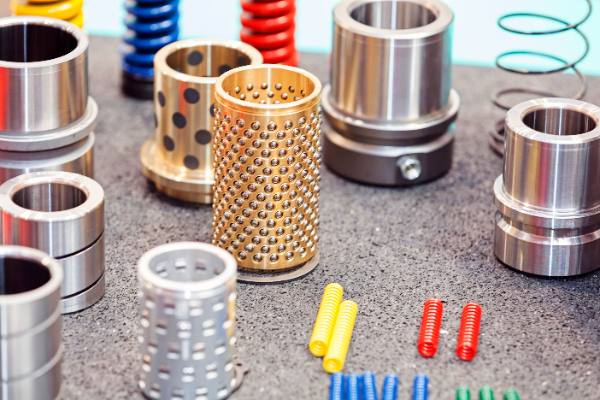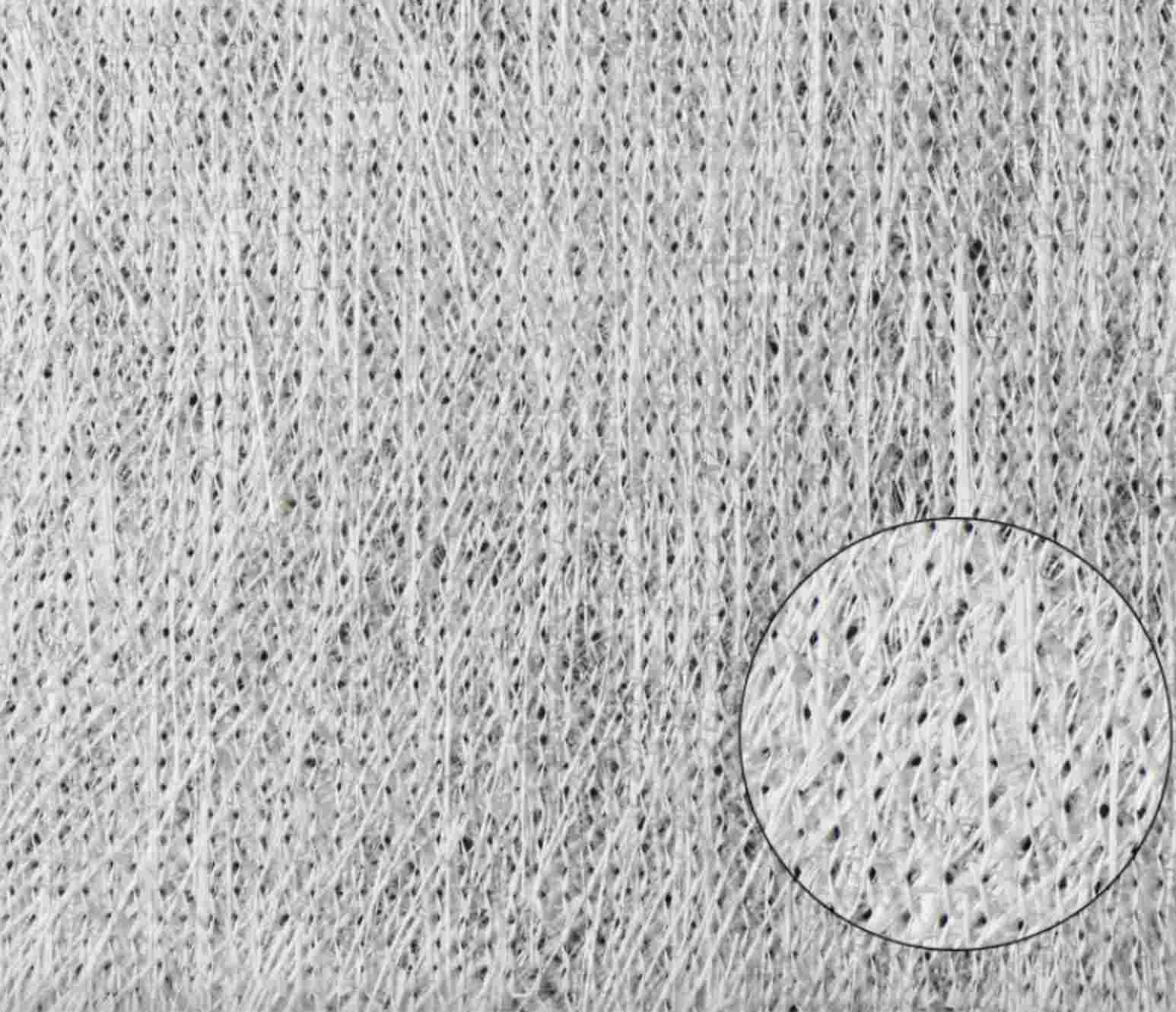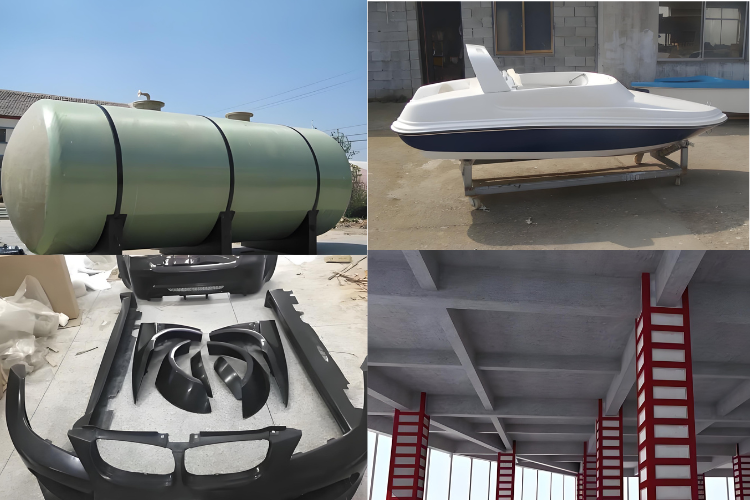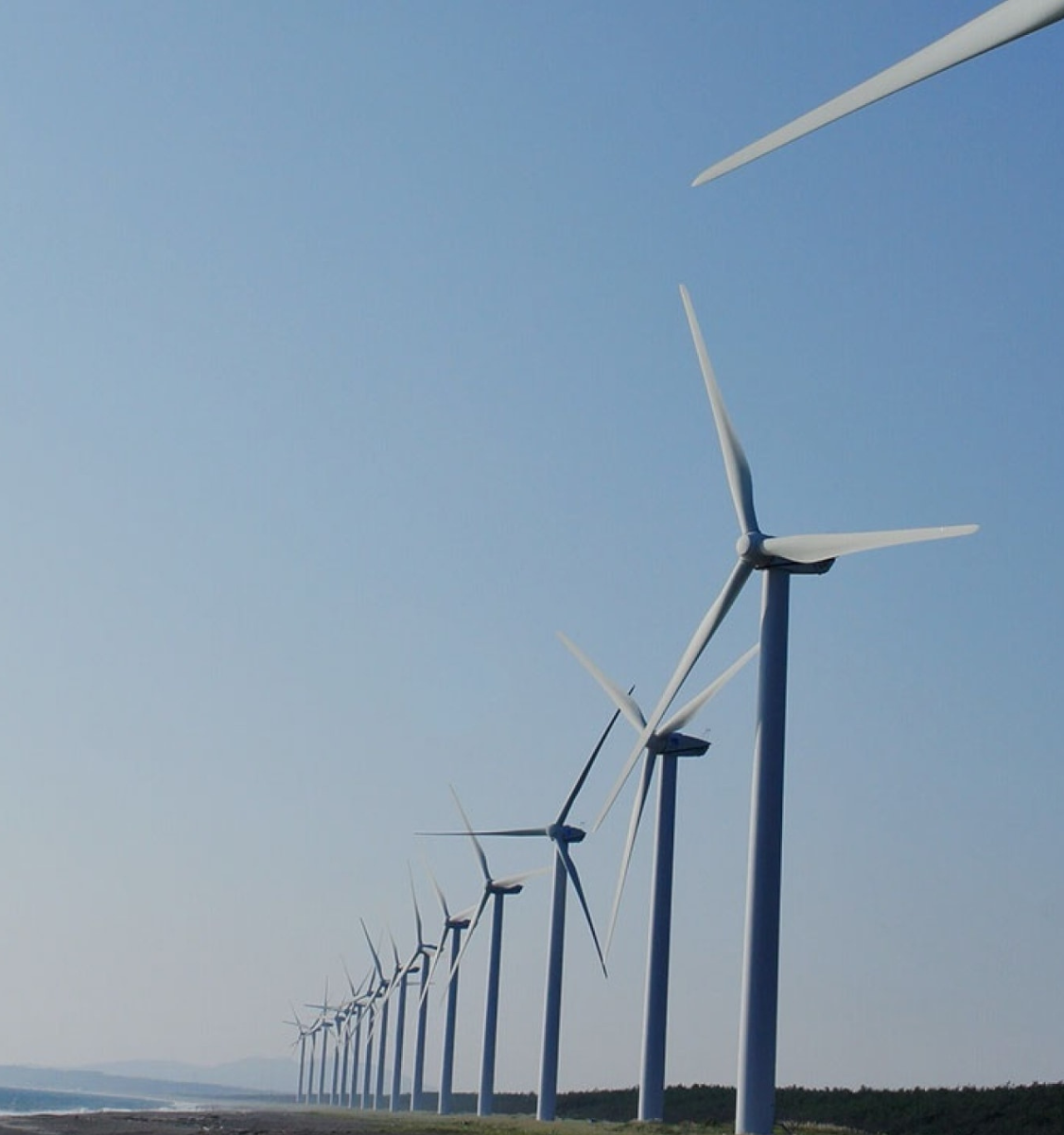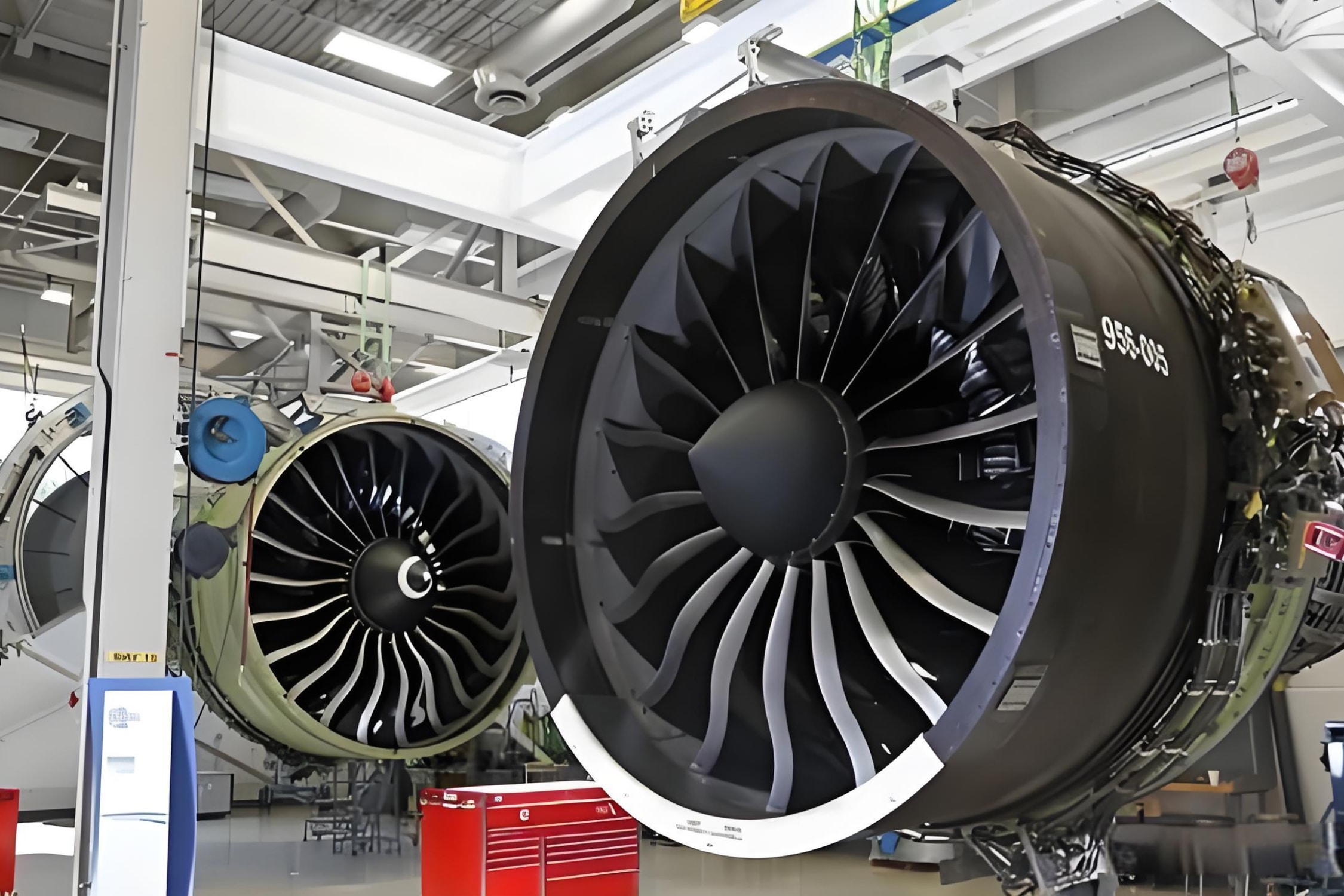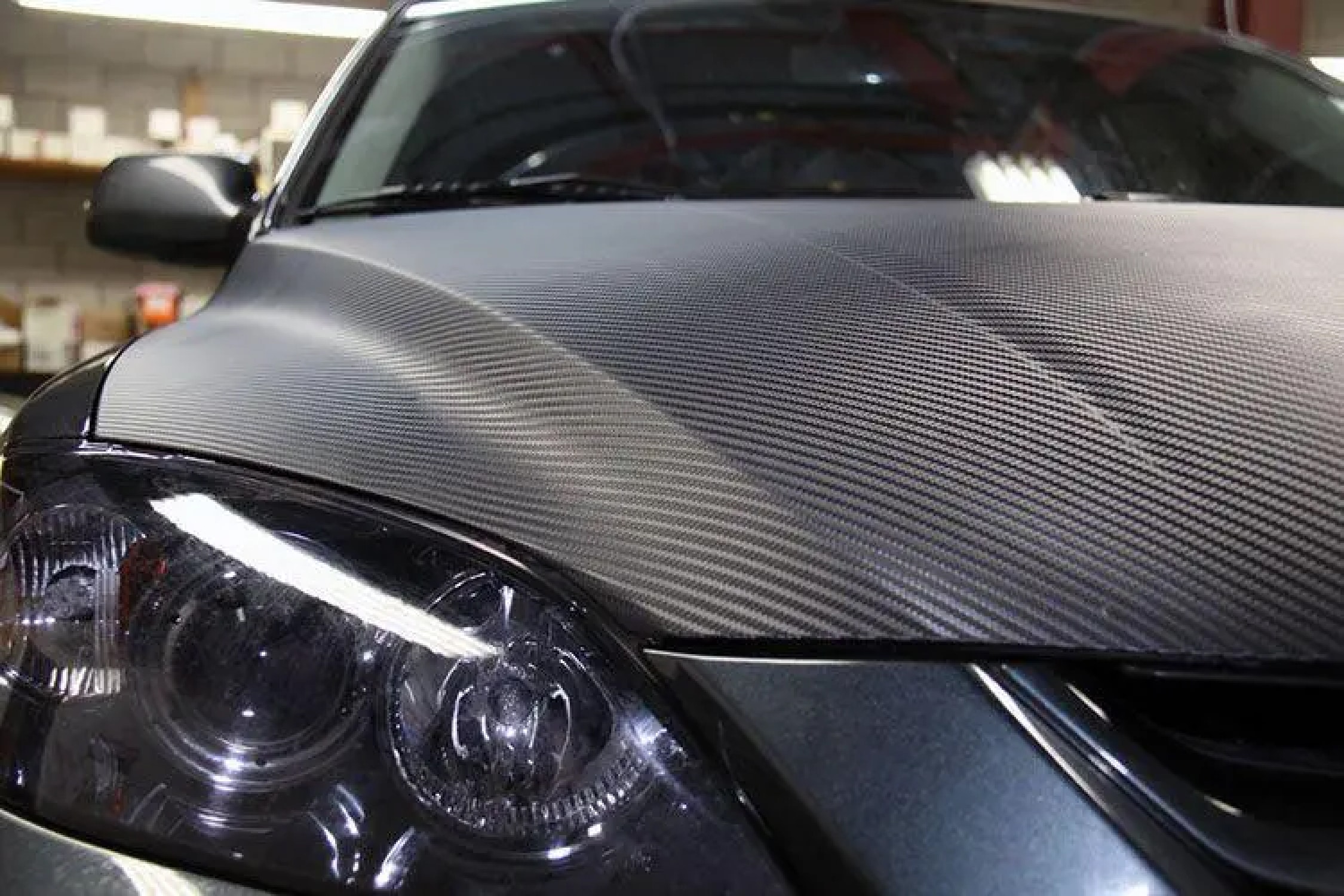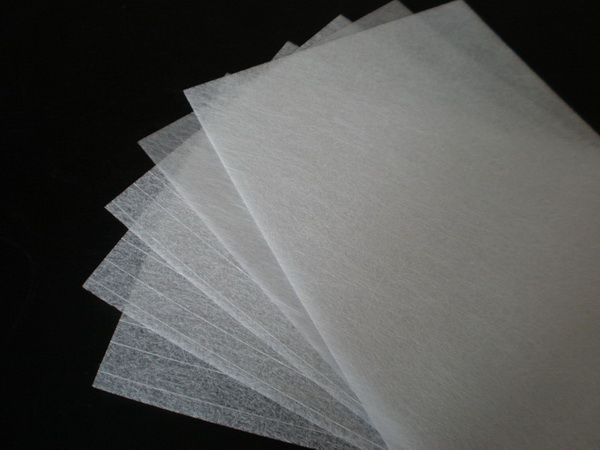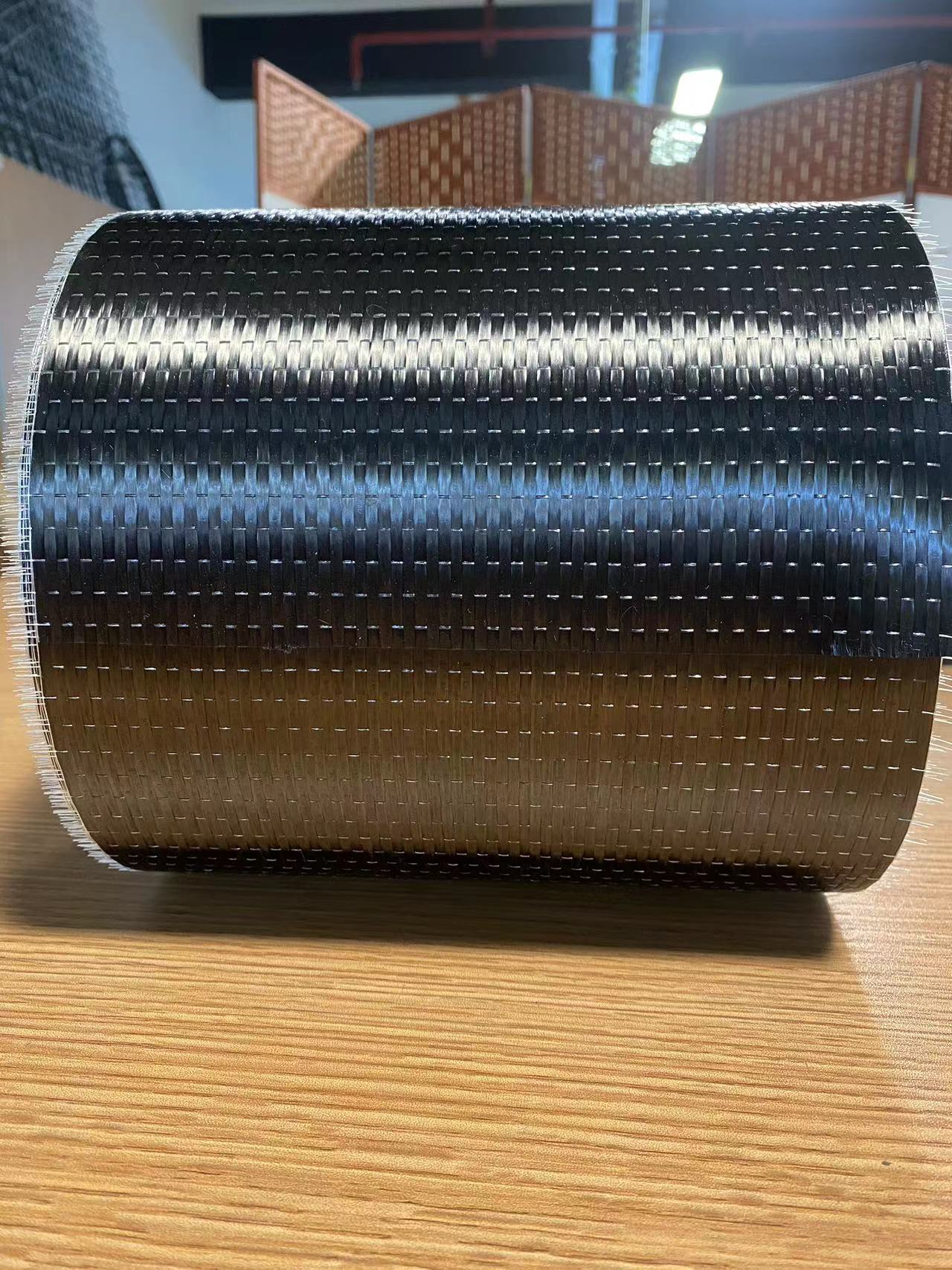+86-13732282311
merlin@xcellentcomposites.com
Let the world benefit from composite materials!
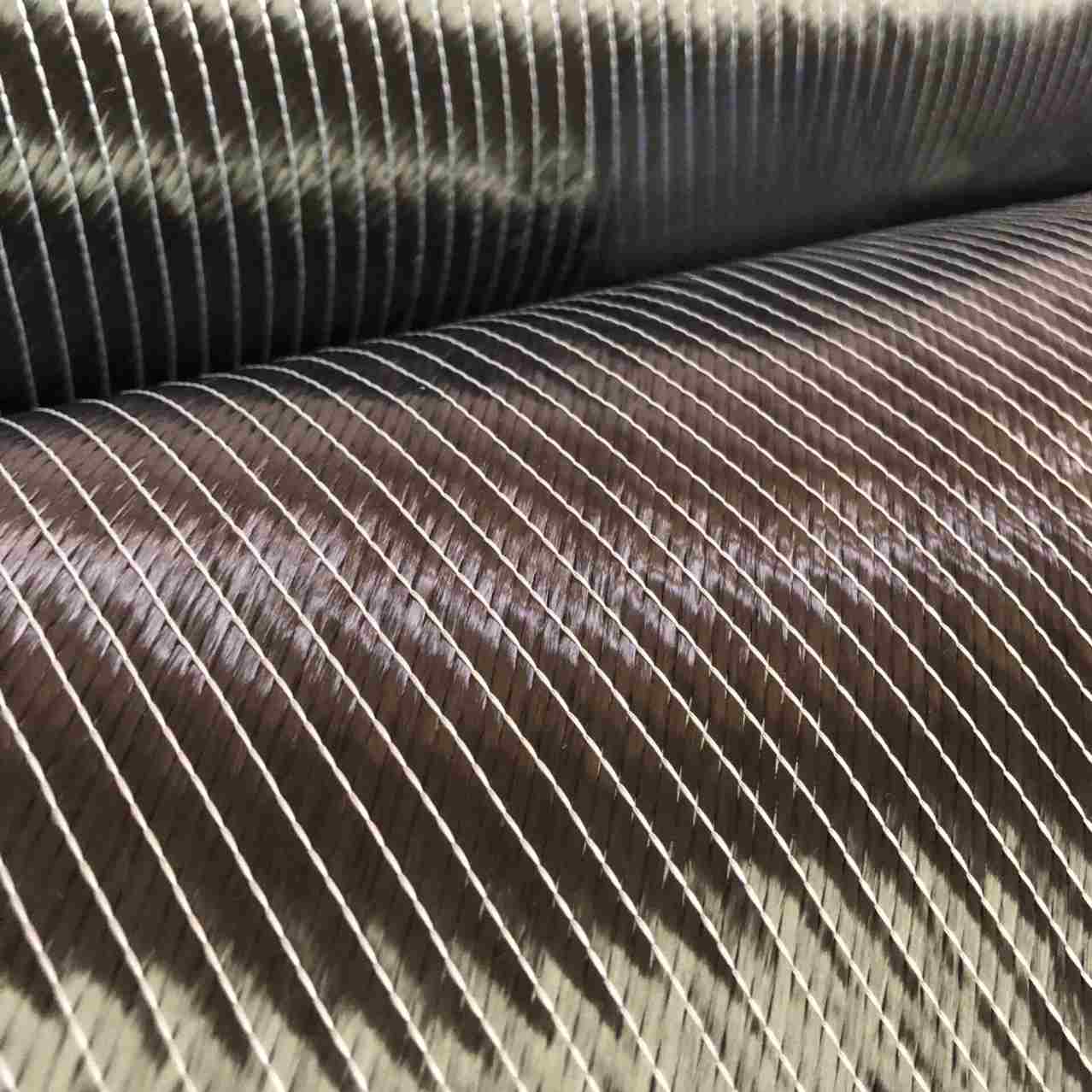
Carbon Fiber Multiaxial Fabric

Hybrid Woven Fabric
+86-13732282311
merlin@xcellentcomposites.com
Let the world benefit from composite materials!
Redefining Performance: The Rise of Spread Tow Carbon Fabric in Composite Engineering
In the world of high-performance composites, innovation often comes in the form of small yet transformative changes. One such innovation—spread tow technology—has been quietly revolutionizing how carbon fiber reinforcements are produced and applied across industries ranging from aerospace to sports equipment. At the heart of this evolution lies spread tow carbon fabric, a material that reimagines the structure of carbon reinforcements to deliver superior mechanical properties with minimal trade-offs.
What is Spread Tow?
To understand the value of spread tow, it's essential to start with the basics. Traditional carbon fabrics are woven from carbon fiber tows—bundles of thousands of continuous filaments. In conventional processes, these tows are relatively round in cross-section and can create crimped weaves when interlaced, introducing stress concentrations and limiting performance.
Spread tow refers to a technique where these fiber tows are flattened—spread into thin, wide bands before weaving. This creates fabrics that are thinner, lighter, and more uniform, with significantly reduced crimp. The result is a fabric that not only looks more refined but also behaves differently under mechanical stress.
The Value Proposition of Spread Tow Carbon Fabric
1. Improved Mechanical Performance
The most immediate benefit of carbon fabric spread tow is its enhanced strength-to-weight ratio. By reducing fiber crimp, the load paths within the composite are more linear, leading to better load transfer and less fiber distortion. This means designers can achieve equivalent strength with less material—or more strength within the same weight constraints.
2. Superior Aesthetics and Surface Finish
In high-end consumer products—bicycles, sporting goods, and automotive interiors—the visual appeal of carbon fiber matters. Spread tow fabrics provide a sleek, checkerboard pattern with crisp, sharp lines and minimal distortions, making them a favorite for exposed composite surfaces.
3. Faster Resin Impregnation and Reduced Void Content
The flat, wide structure of spread tow bundles allows resin to flow more easily during infusion or prepreg manufacturing. This not only enhances production speed but also helps reduce void content, improving the overall quality and durability of the final composite.
Applications Across Industries
The adoption of spread tow carbon materials is growing across sectors that demand a high performance-to-weight ratio. In aerospace, spread tow fabrics are used in structural parts where every gram matters. In automotive design, particularly in electric vehicles, they enable lighter components that contribute to improved efficiency. Even in luxury consumer goods, the premium appearance and tactile quality of these fabrics are hard to match.
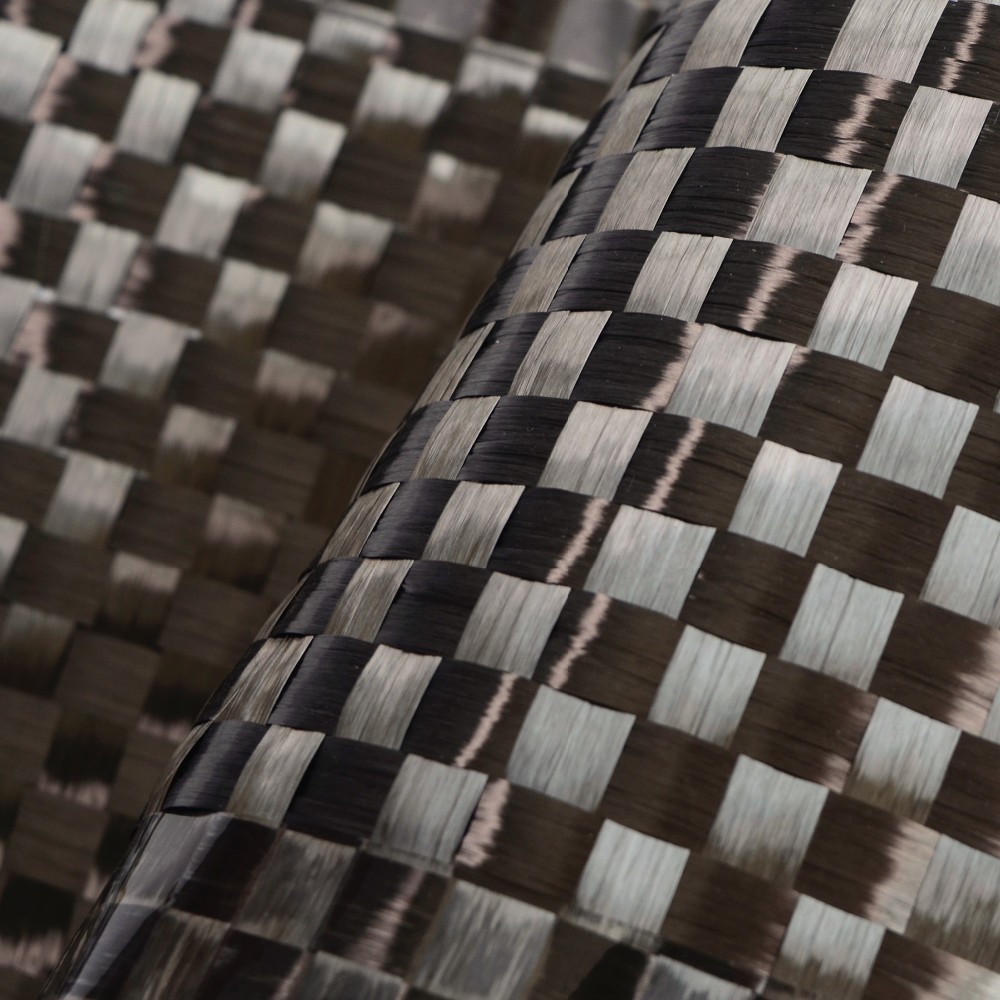
Challenges and Considerations
Despite the clear benefits, spread tow technology is not without its challenges. The spreading process requires precision and consistency, which can introduce higher costs compared to standard tow fabrics. Additionally, the weaving of spread tows must be carefully controlled to prevent misalignment and ensure fabric stability.
However, for many applications, these hurdles are far outweighed by the performance and aesthetic gains. As manufacturing techniques improve and costs decrease, spread tow carbon is poised to become more accessible across a wider range of industries.
Conclusion
Innovation in composite materials is often incremental, but spread tow carbon fabric stands out as a leap forward in both function and form. It’s a reminder that by rethinking even the most fundamental elements—like the shape of a fiber tow—we can unlock new levels of efficiency, beauty, and performance.
For designers and engineers looking to push boundaries, spread tow isn’t just a trend—it’s a tool for transformation.
Popular Composite Materials
Popular Composite Materials

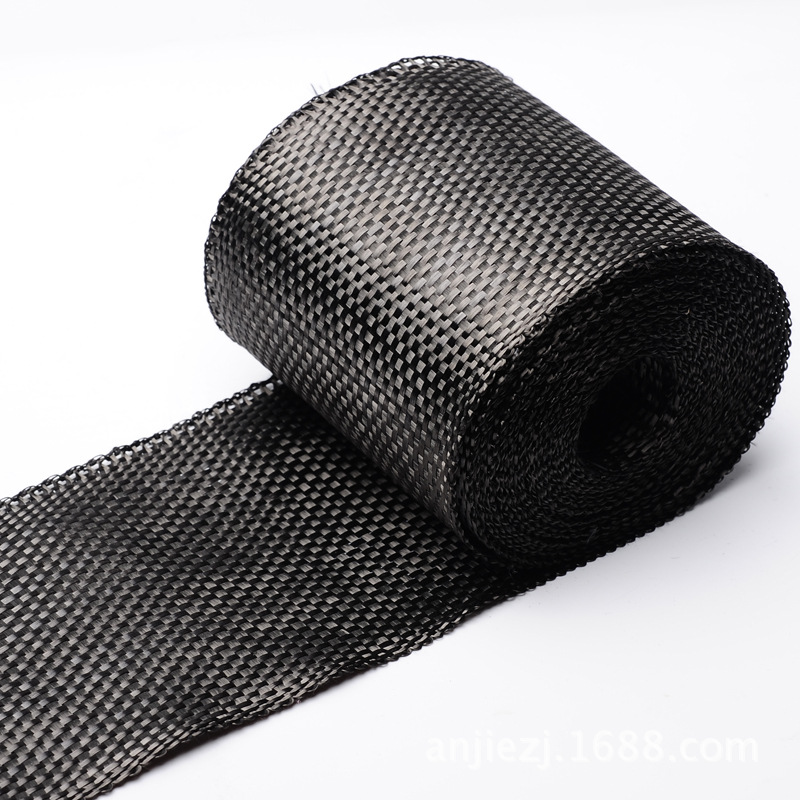
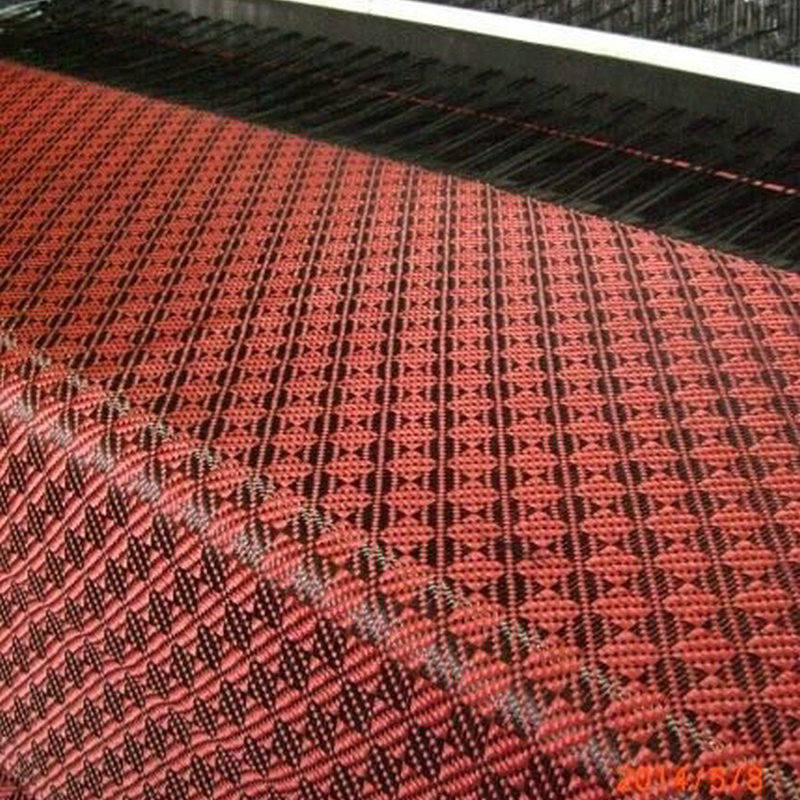
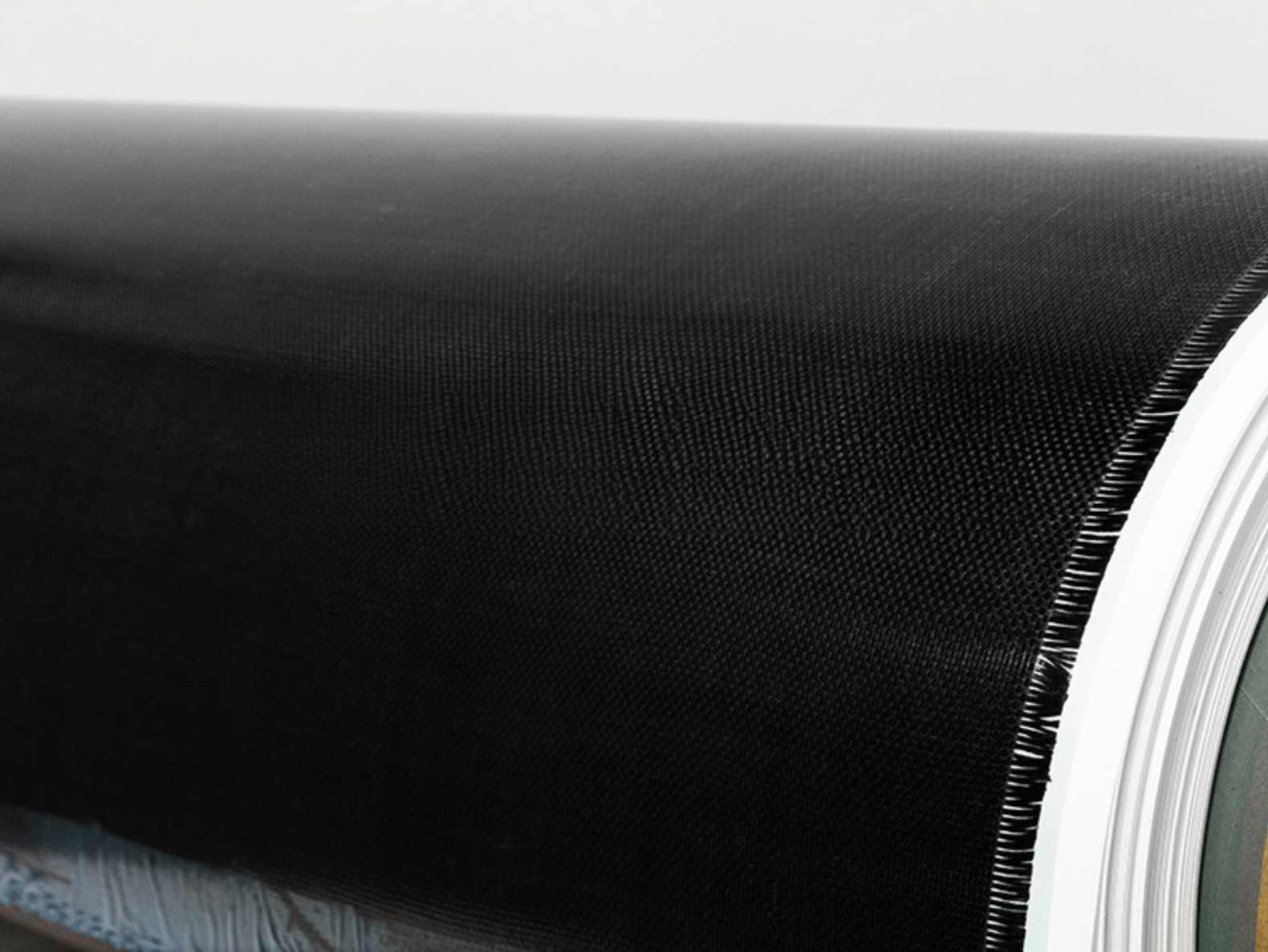
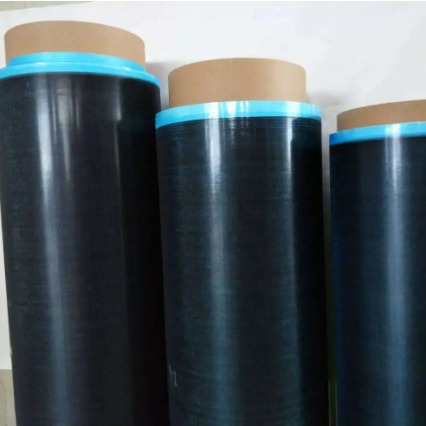
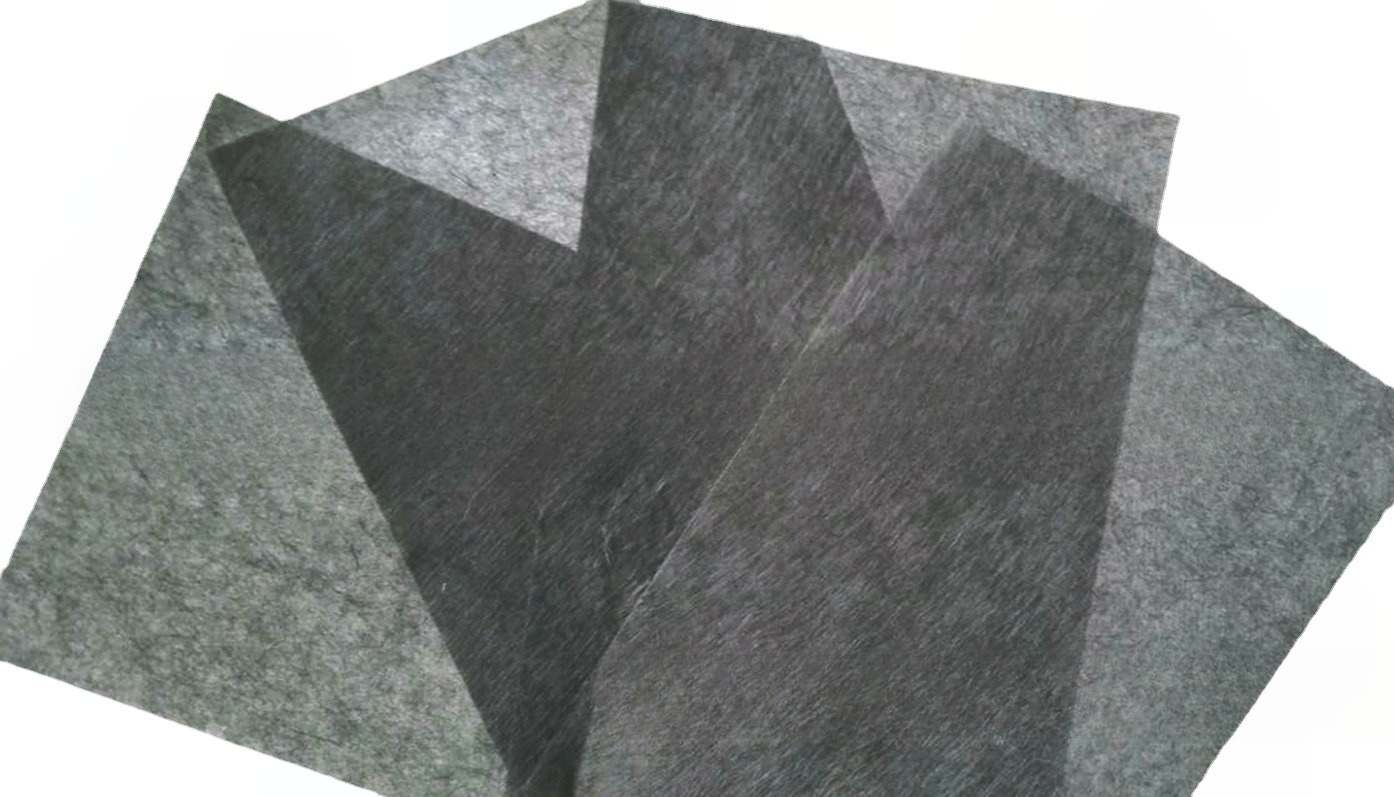
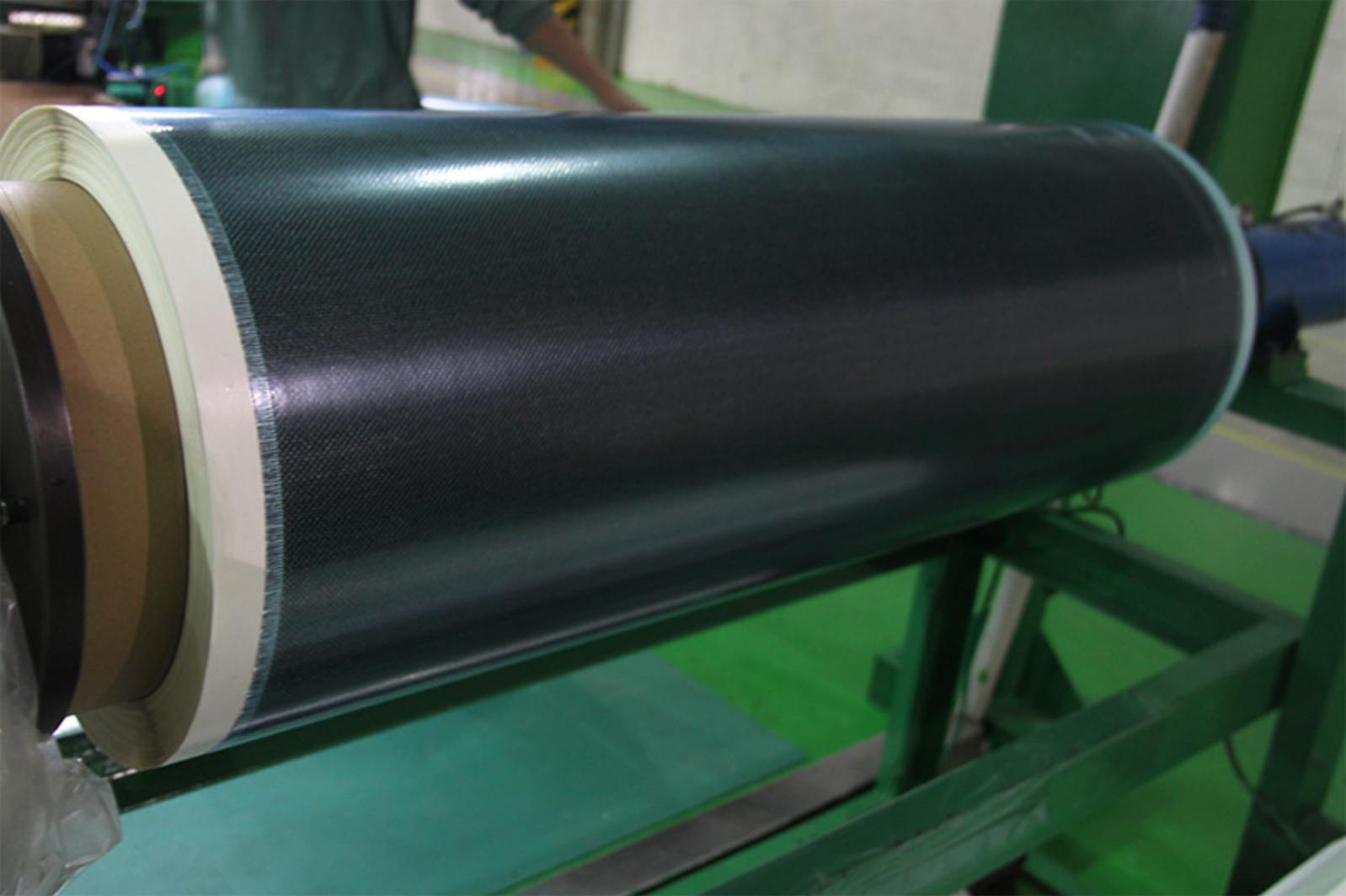
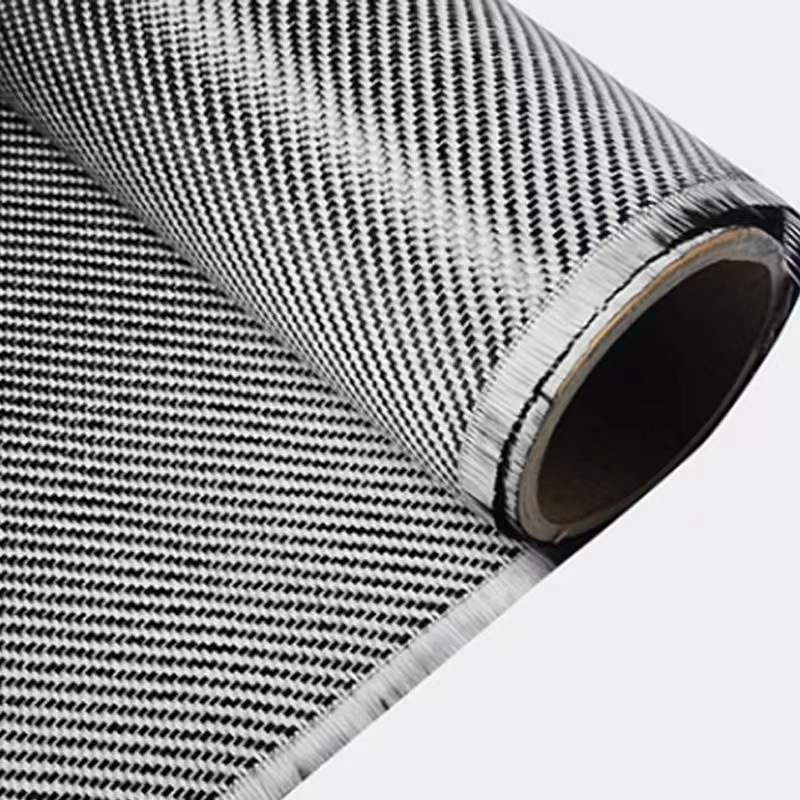
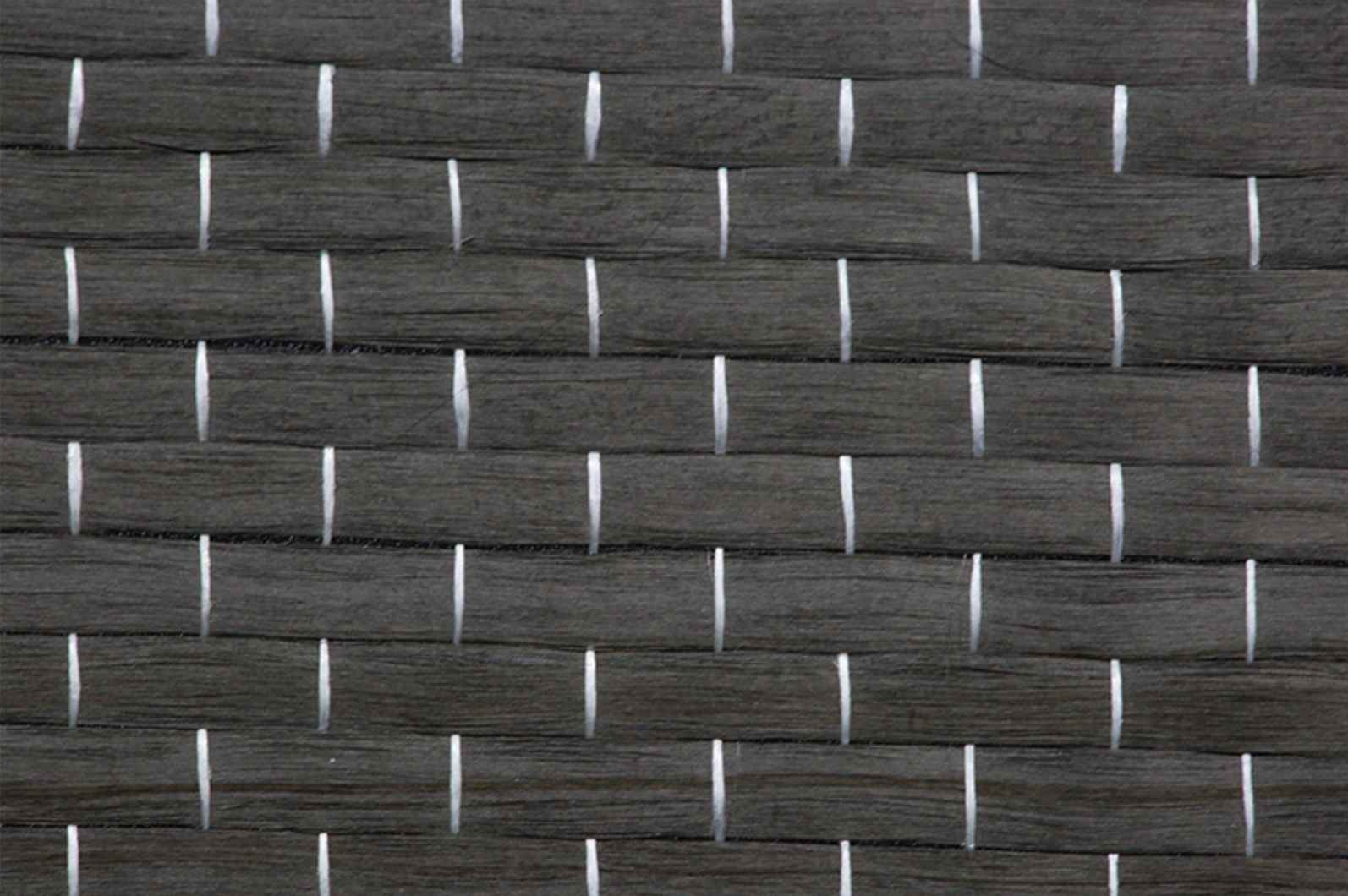



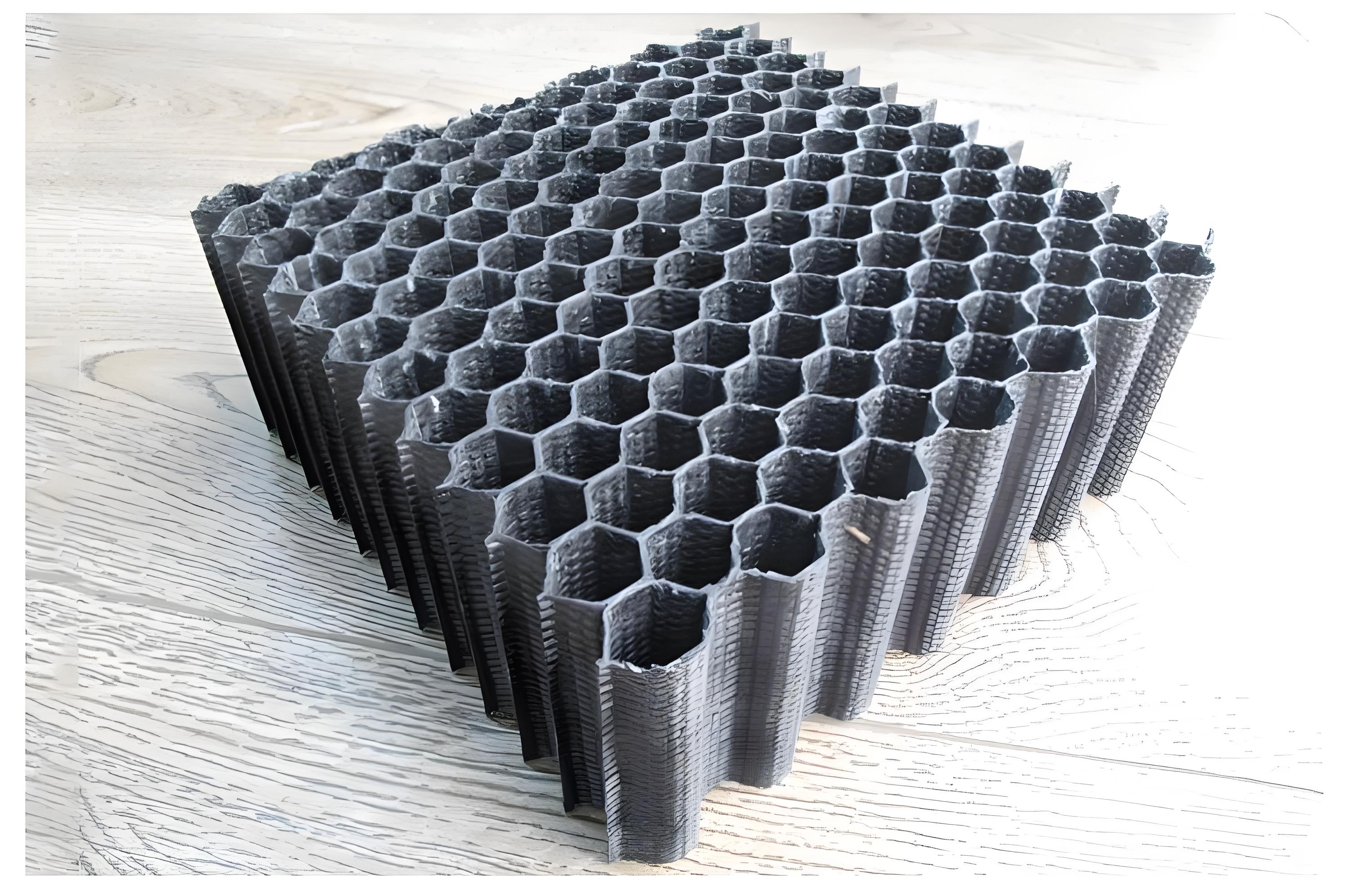
Composites Knowledge Hub
Composites Knowledge Hub





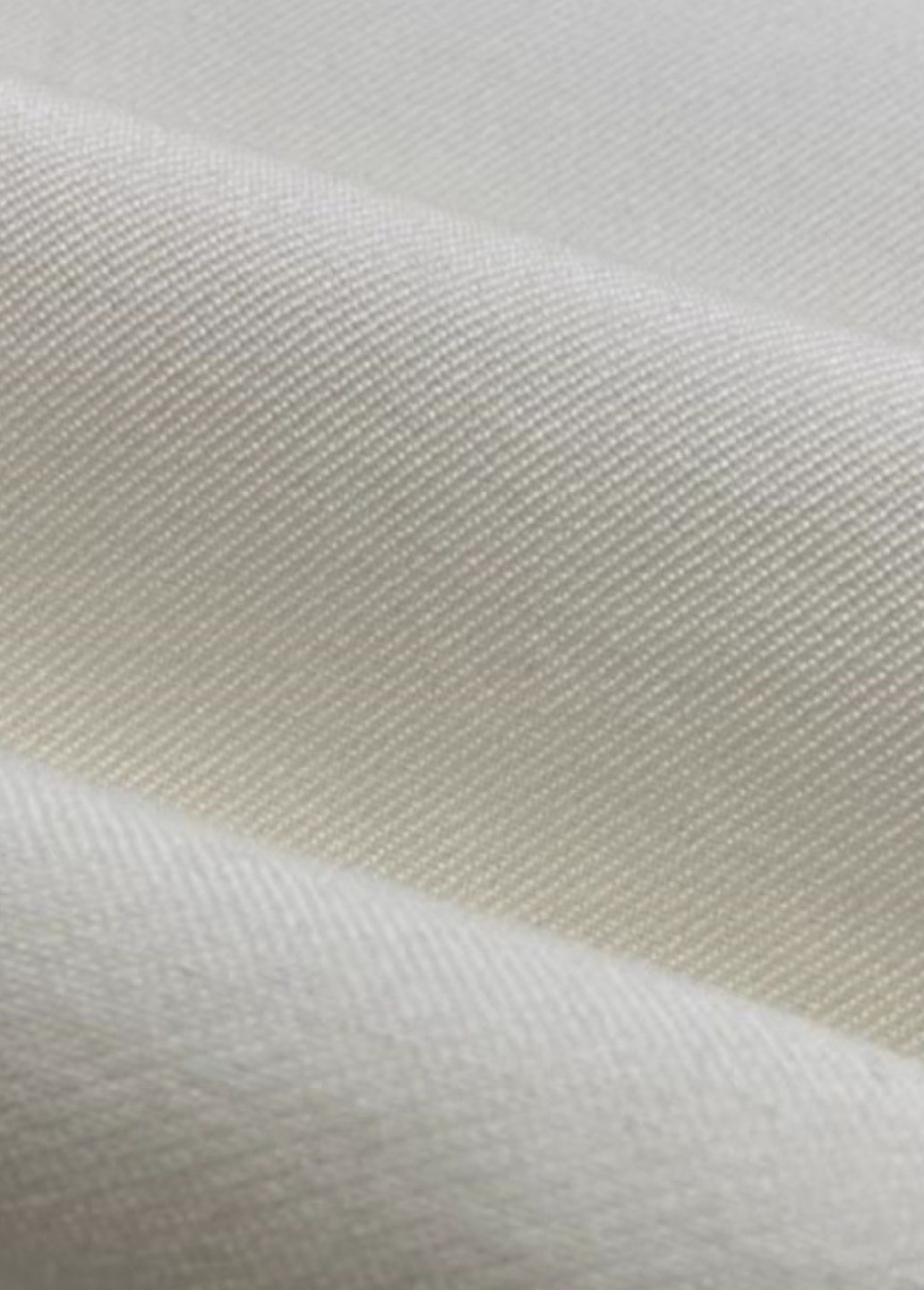
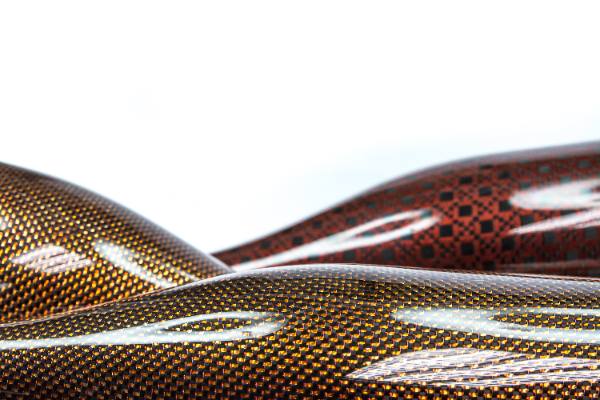
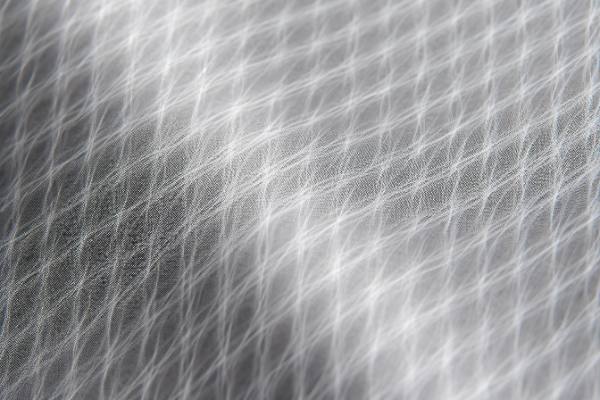
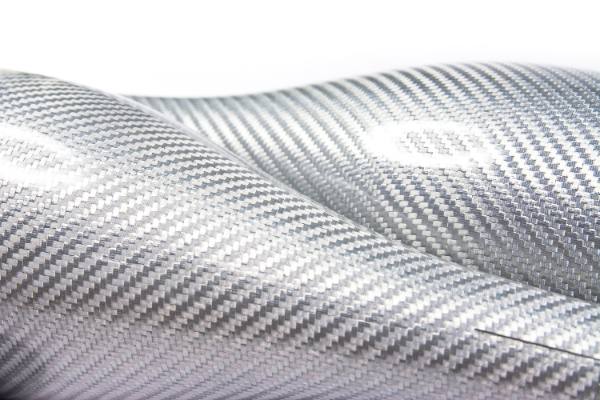



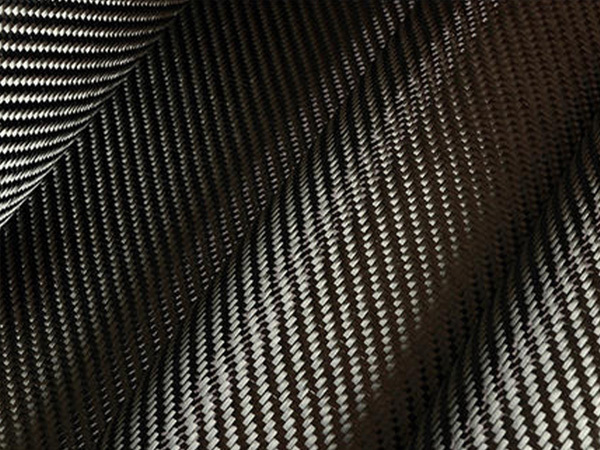

















Tel:
86-13732282311
E-mail:
merlin@xcellentcomposites.com
Copyright © Hangzhou Xcellent Composites Limited. All Rights Reserved.

